Membrane Transporter/Ion Channel
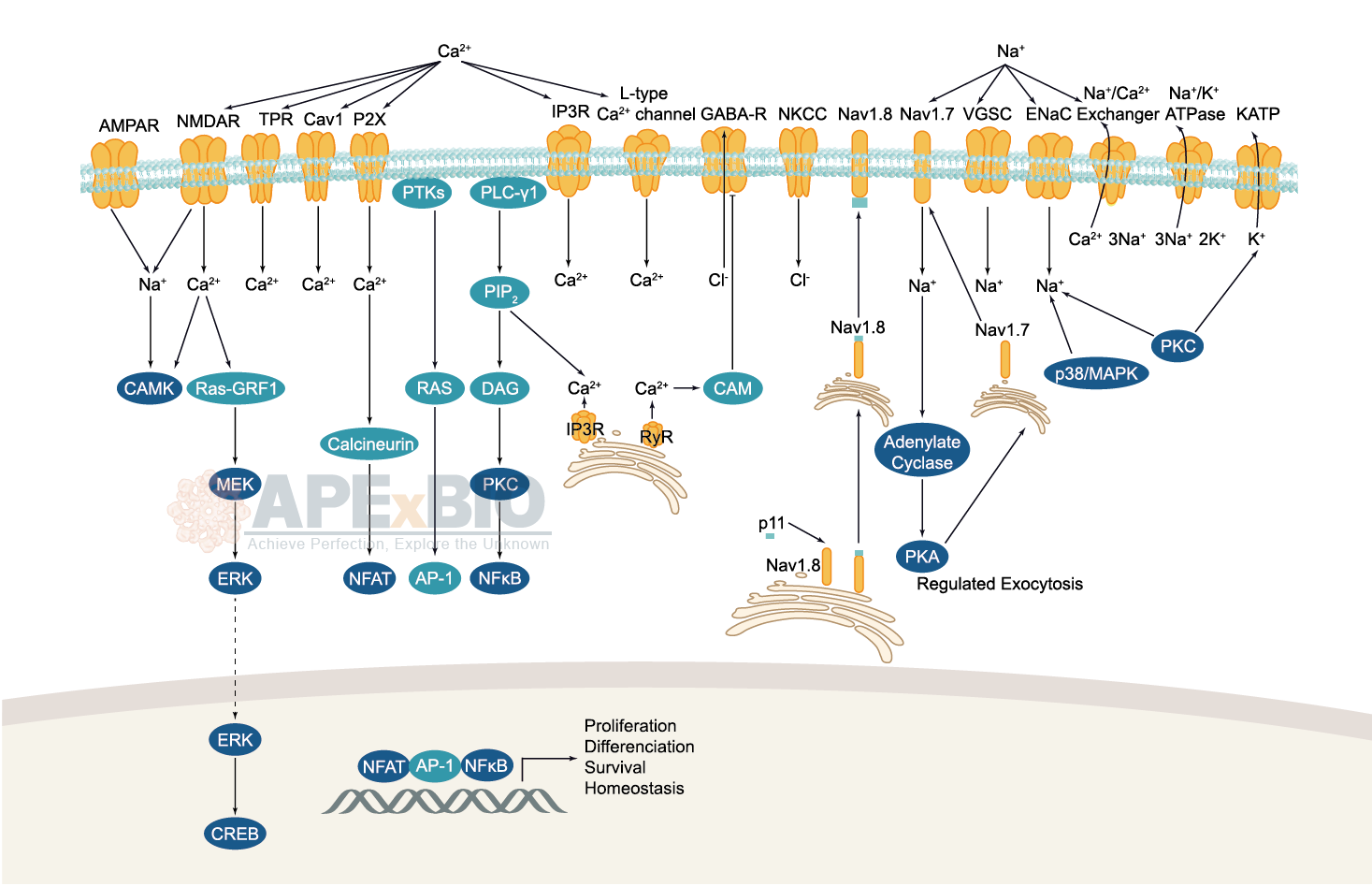
Ion channels are pore-forming membrane proteins which allow the flow of ions across the membrane. The ion channels can be broadly grouped into six families including calcium channels, chloride channels, potassium channels, sodium channels, gap junction proteins and porins. Not all ion channels are gated, such as certain type of K+ and Cl– channels, transient receptor potential superfamily of cation channels, the ryanodine receptors and the IP3 receptors, but most Na+, K+, Ca2+ and some Cl– channels are all gated by voltage. Ligand-gated channels are regulated in response to ligand binding (e.g. neurotransmitters signaling). These ligand-gated neurotransmitter receptors are known as ionotropic receptors. Various neurotransmitters couple to ionotropic receptors such as glutamate, acetylcholine, glycine, GABA, and serotonin.
-
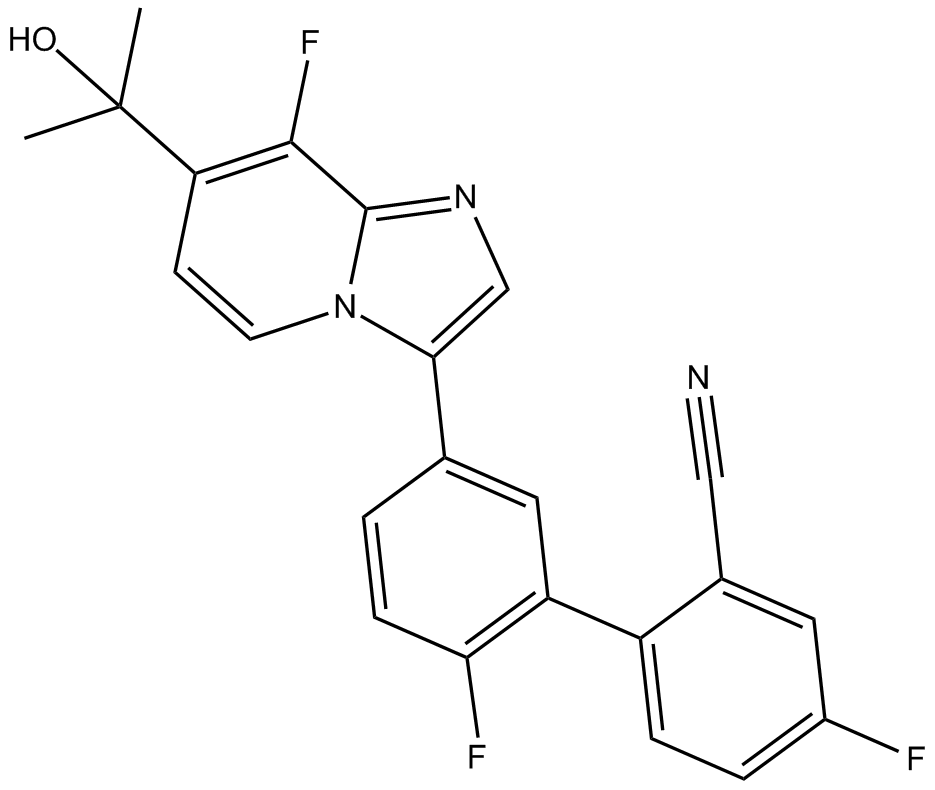 B5584 TP 003Summary: GABAA receptor (α3 subtype) partial agonist
B5584 TP 003Summary: GABAA receptor (α3 subtype) partial agonist -
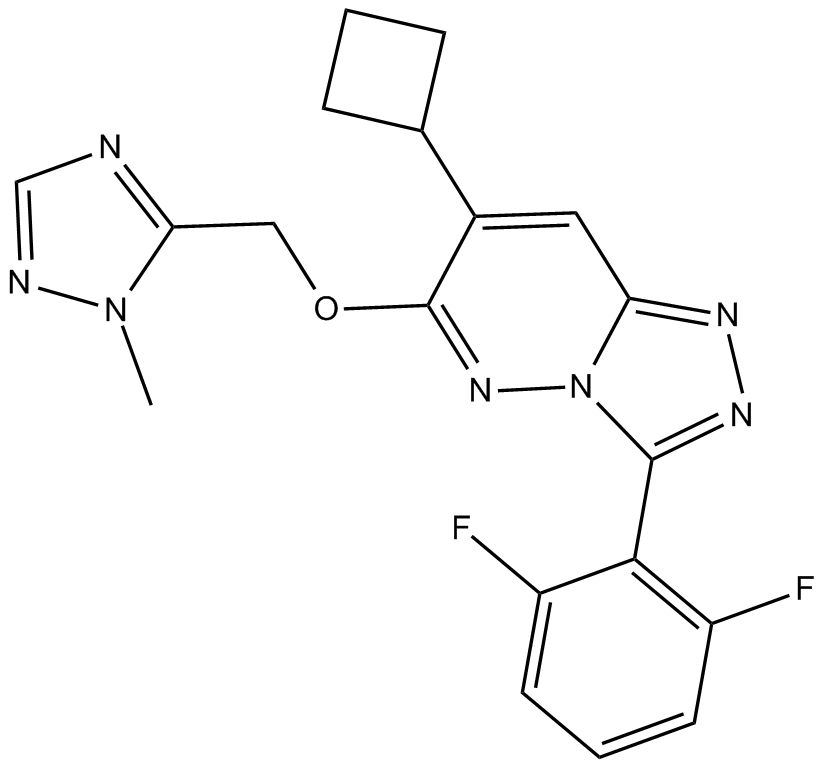 B5585 MK 0343Summary: GABAA partial agonist
B5585 MK 0343Summary: GABAA partial agonist -
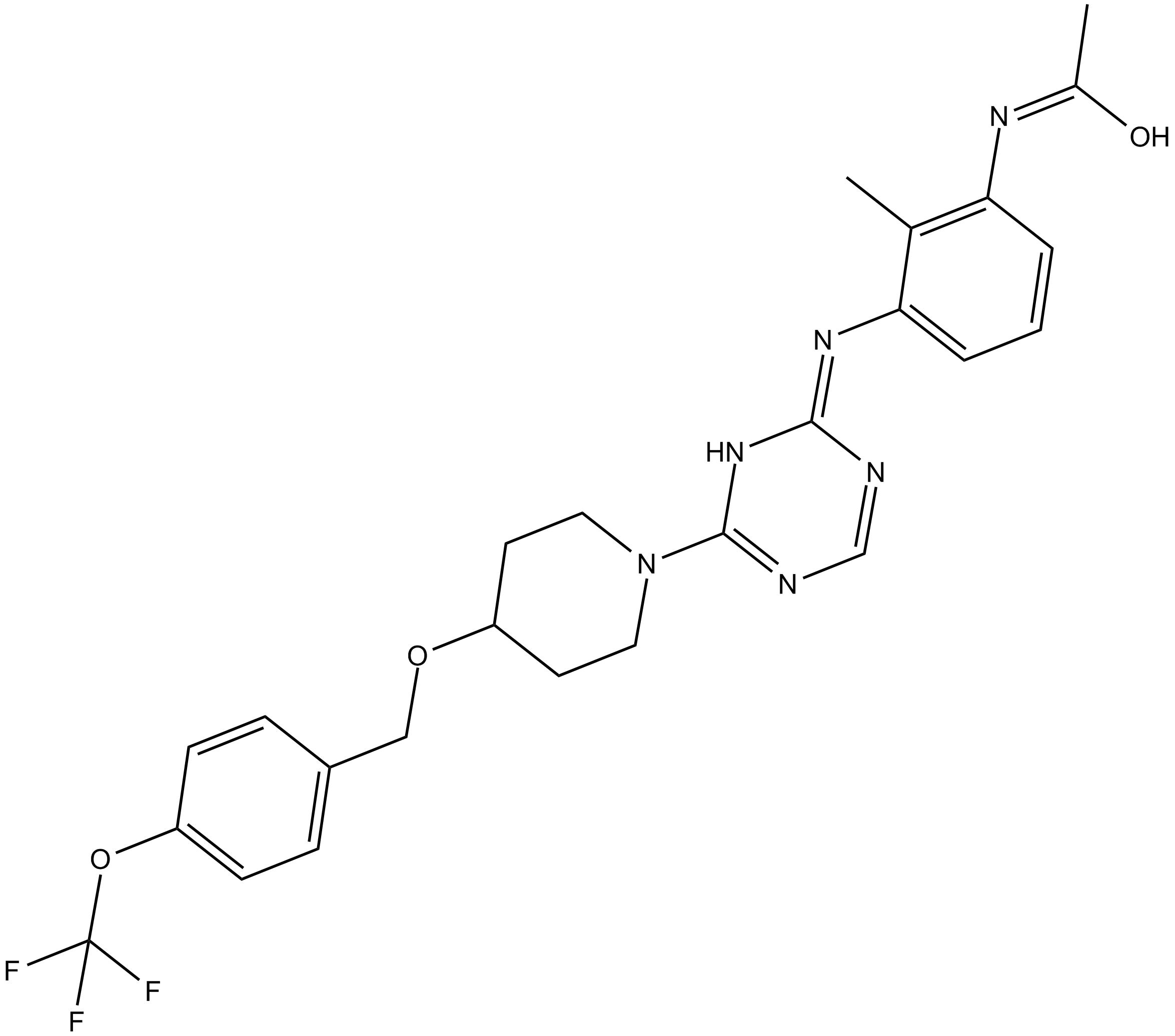 B5594 TC-N 1752Summary: human NaV1.7 channels blocker
B5594 TC-N 1752Summary: human NaV1.7 channels blocker -
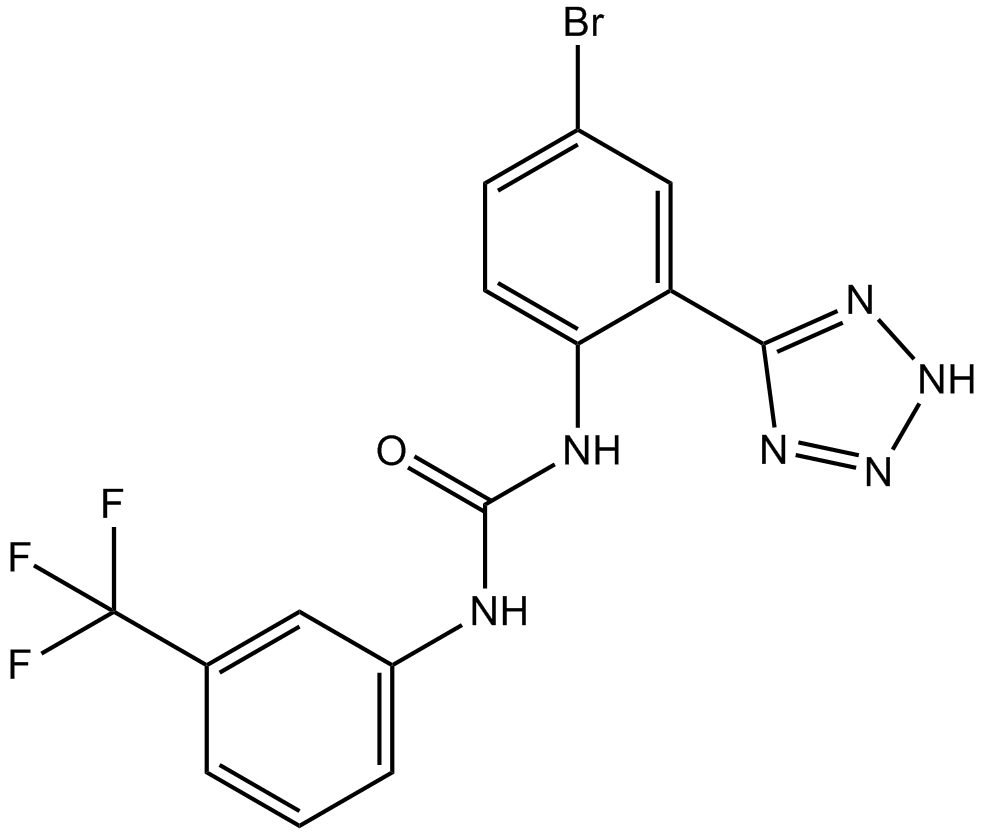 B5605 NS 3623Summary: human ether-a-go-go (hERG) KV11.1 potassium channel activator
B5605 NS 3623Summary: human ether-a-go-go (hERG) KV11.1 potassium channel activator -
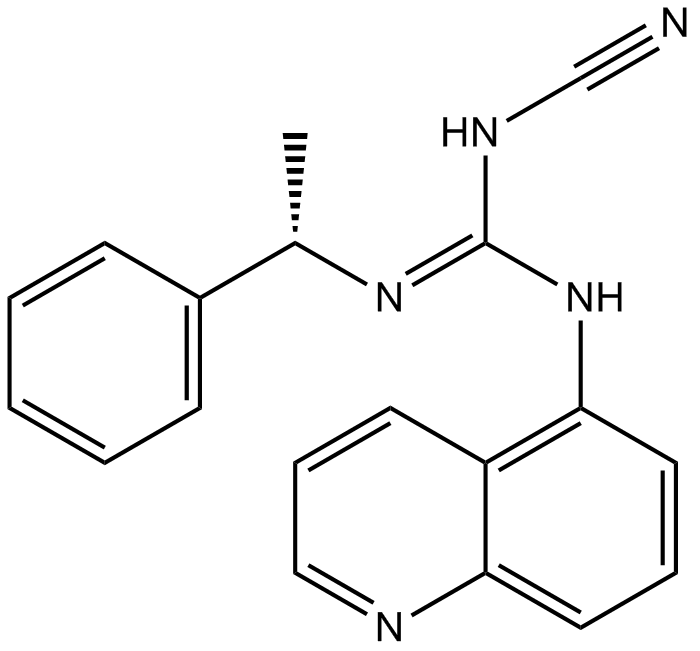 B5613 A 804598Summary: P2X7 antagonist,potent and selective
B5613 A 804598Summary: P2X7 antagonist,potent and selective -
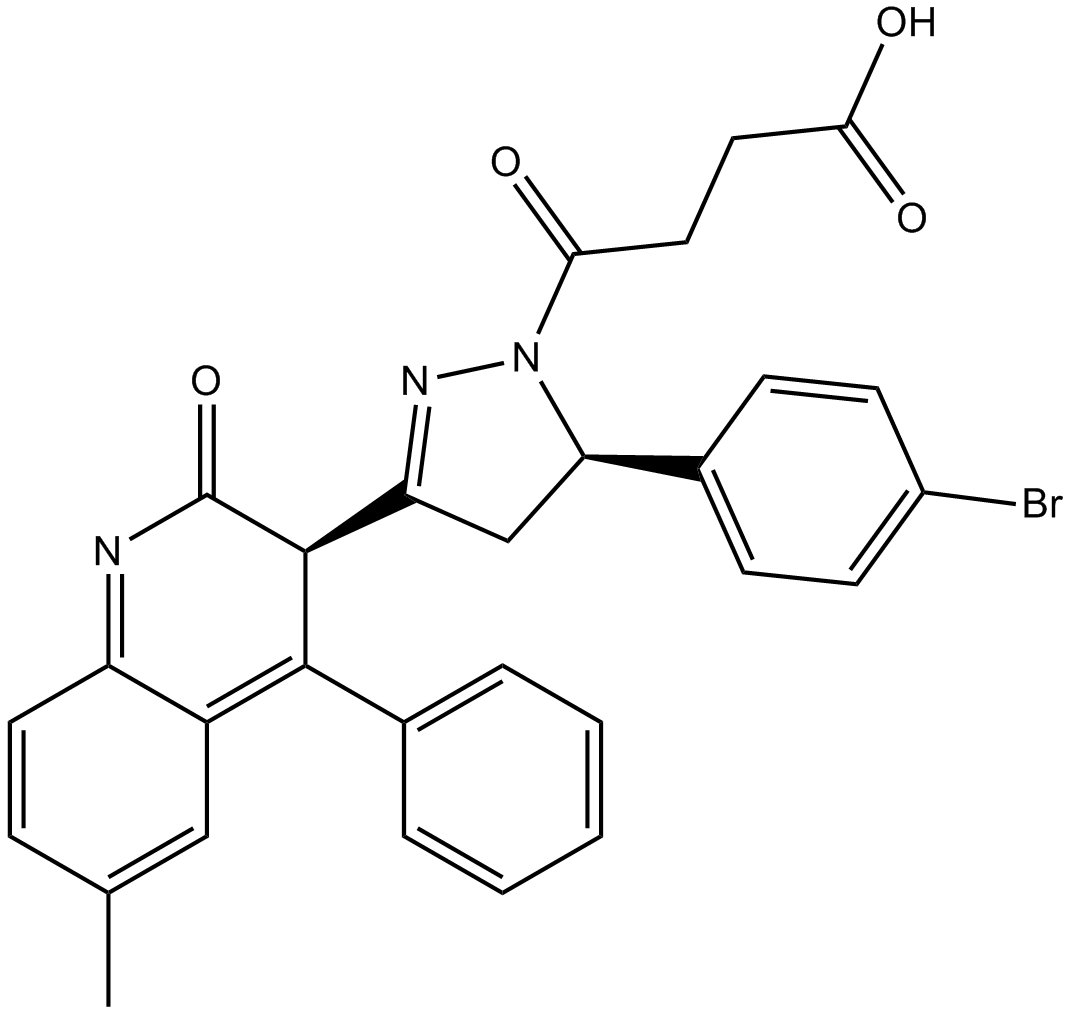 B5620 DQP 1105Summary: NMDA receptor antagonist
B5620 DQP 1105Summary: NMDA receptor antagonist -
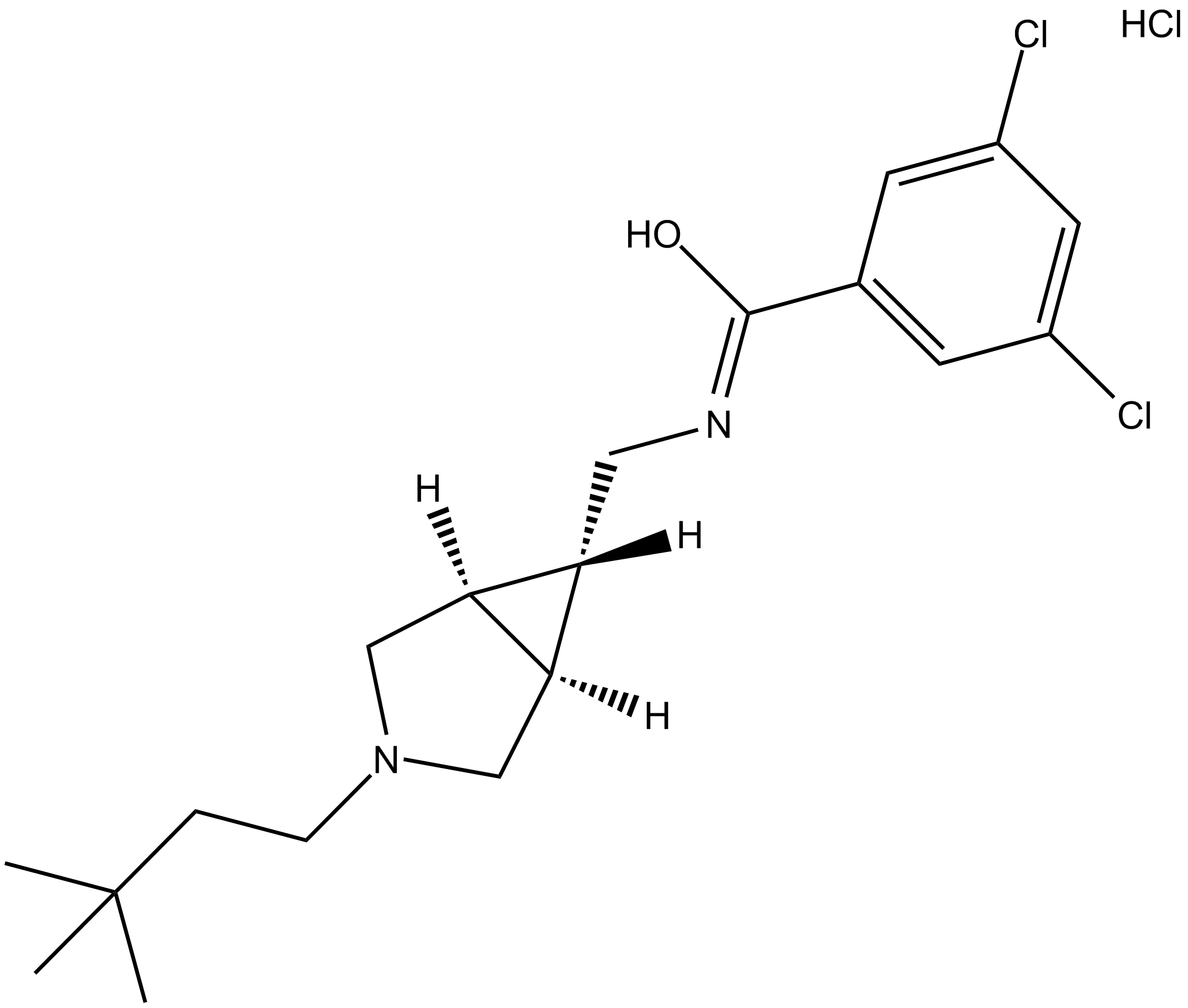 B5622 ML 218 hydrochlorideSummary: T-type calcium channels inhibitor
B5622 ML 218 hydrochlorideSummary: T-type calcium channels inhibitor -
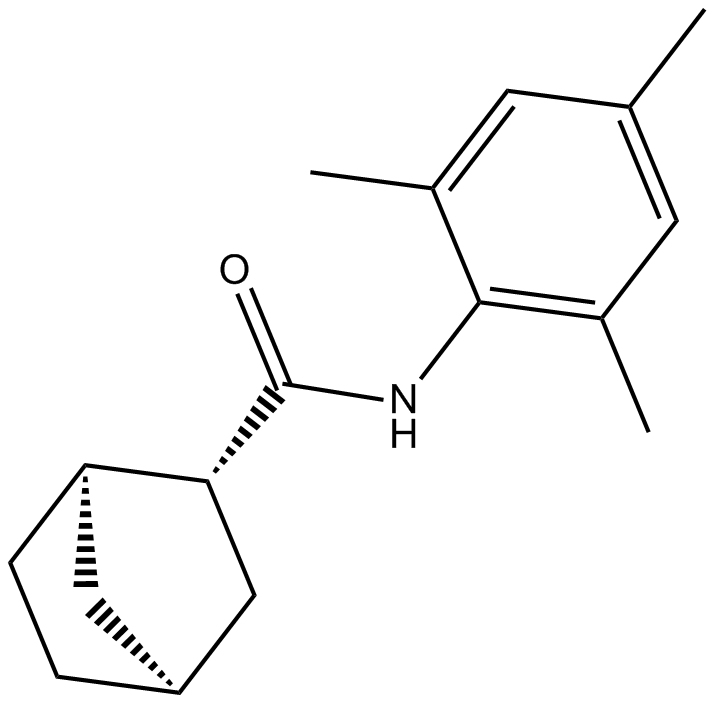 B5628 ML 213Summary: KV7.2 (KCNQ2) and KV7.4 (KCNQ4) channel opener
B5628 ML 213Summary: KV7.2 (KCNQ2) and KV7.4 (KCNQ4) channel opener -
 B5635 T16Ainh - A01Summary: inhibitor of Ca2+-dependent Cl- channel (CaCC) transmembrane protein 16A (TMEM16A)
B5635 T16Ainh - A01Summary: inhibitor of Ca2+-dependent Cl- channel (CaCC) transmembrane protein 16A (TMEM16A) -
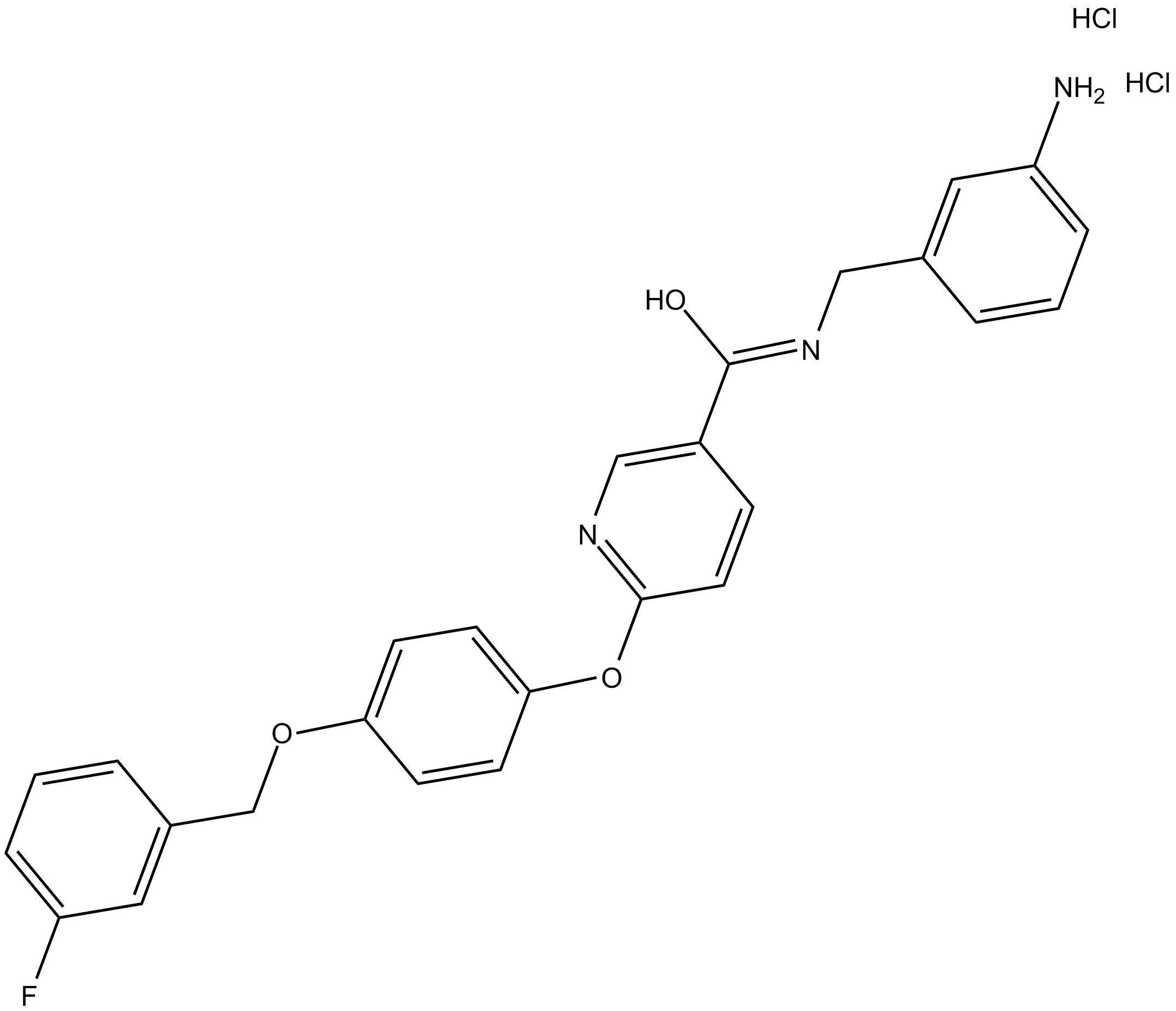 B5637 YM 244769Summary: inhibitor of the reverse mode of Na+/Ca2+ exchange (NCX)
B5637 YM 244769Summary: inhibitor of the reverse mode of Na+/Ca2+ exchange (NCX)

